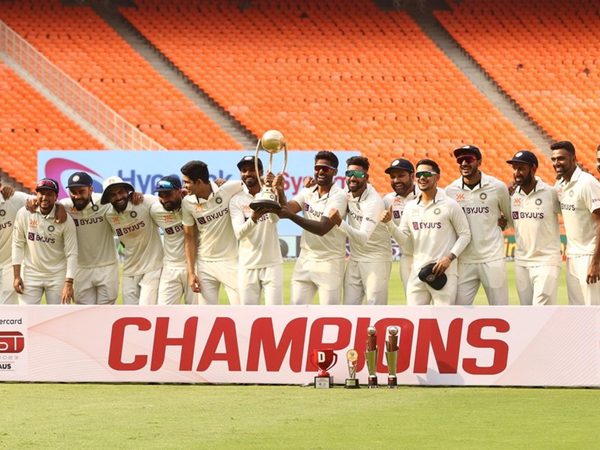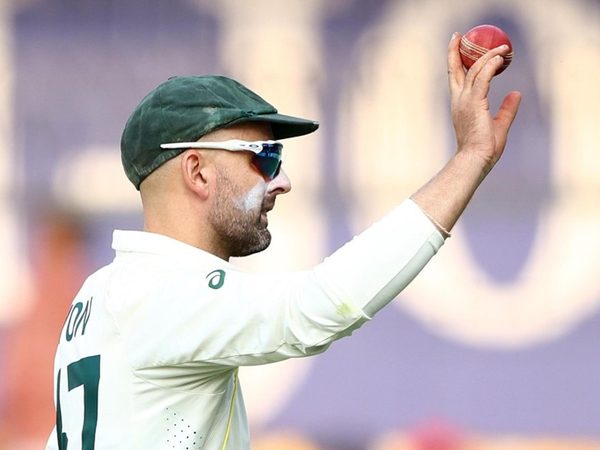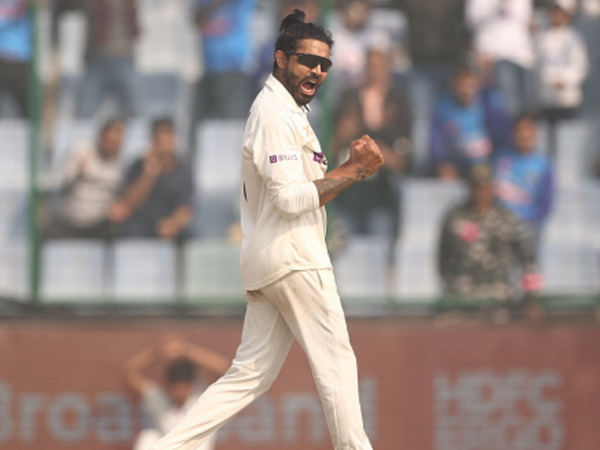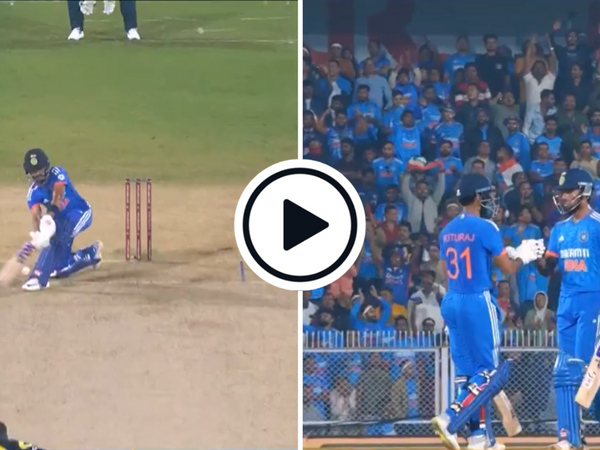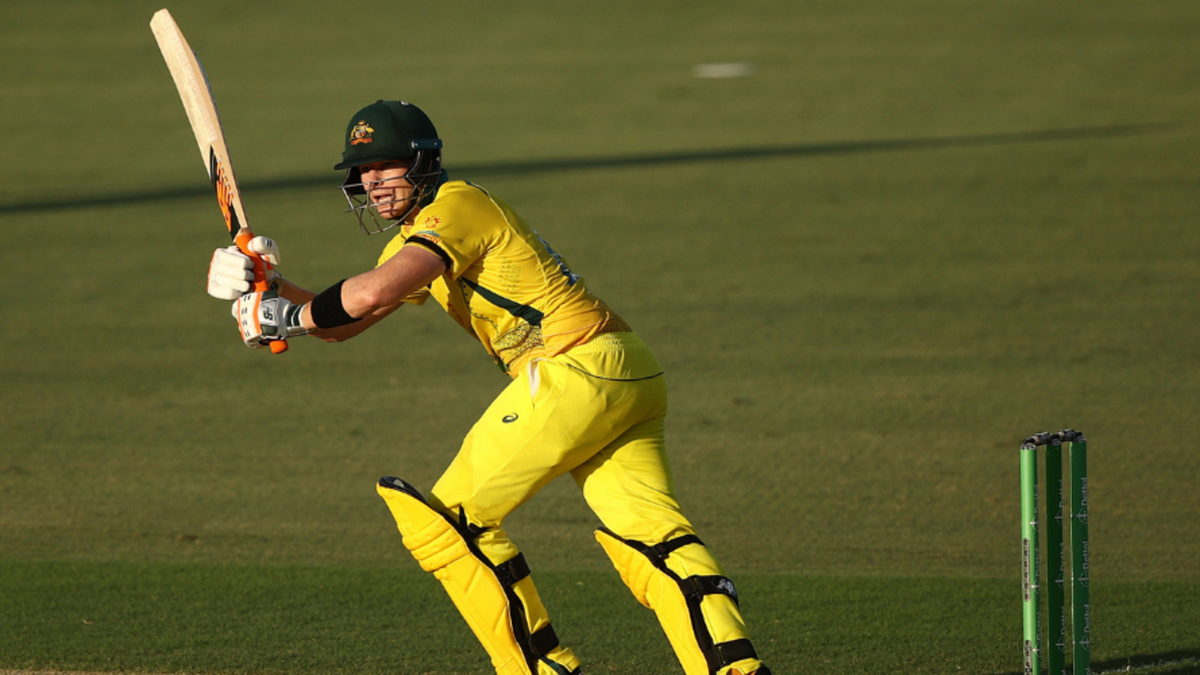
Steve Smith has had the backing of Australia in T20I cricket. But with several high-impact players waiting in the wings, he might not have a lot of time left to repay that faith, writes Shashwat Kumar.
When Steve Smith was finding his way around international cricket in the late noughties, he felt suited to the shortest format. He could shuffle across the crease, hit balls in areas that were deemed inaccessible by conventional batters, and seemed to have multiple shots for anything the bowler had up their sleeve. In fact, he made his T20I and T20 debuts before making his Test and first-class bows respectively.
As he matured as a cricketer, Smith found his true calling in red-ball cricket, becoming arguably the greatest Test batter of this generation. He has also been a vital part of the Australian side in white-ball cricket, especially in ODIs. But in T20Is, there have been murmurs that he might have become dispensable – partly because of the embarrassment of riches Australia have in the batting department, but largely due to his own struggles.
In the recent past, Smith has assumed a fairly flexible role for Australia. Capable of handling his own in adverse conditions, he has been used as a fail-safe mechanism, mostly to avert top-order collapses or arrest them as soon as possible. To be clear, no one probably expects Smith to rattle along as quickly as Glenn Maxwell or blaze away like David Warner does at the top of the order.
However, a strike rate of 110 since the start of 2021 in T20 cricket coupled with an average of 23.83, has left plenty to be desired. In T20Is, the strike rate during the same period drops to 107.2, while the average sits at 22.33. For someone expected to anchor the innings, an average in the mid-20s is not good enough. The strike rate, presumably because of the fewer risks taken, is expected to be lower. Even considering that yardstick, Smith’s numbers fall woefully short.
The other major issue is his strike rate in the middle overs. Throughout his career, Smith has not exactly put the bowlers to the sword during this phase, striking at 117 in all T20 cricket and 114 in T20 Internationals. That has slipped to 104 in all T20s and to 97 In T20Is. Given how T20 has evolved, the numbers seem very archaic. The average since 2021 is not great either: 28.33 in T20Is and 24.71 in T20s.
At the T20 World Cup last year, Smith was used as a floating anchor. Against South Africa, he batted at No.4 and walked in when Australia were reduced to 20-2 inside four overs. He scored 35 off 34, which in a 119-run chase, was slightly better than the asking rate. However, he departed with Australia requiring close to eight runs per over. The other time he batted inside the powerplay was against England, when he could only muster 1. Australia were shot out for 125 in that game. Against Pakistan too, he scored 5 off 6 and had Marcus Stoinis and Matthew Wade not indulged in pyrotechnics, the narrative around Smith’s returns would have been very different.
Thus, there is lot of evidence suggesting that Smith is perhaps not as suited to T20 cricket as he once was. On most days, that is not due to a lack of effort. If you were to watch him bat, you would find him trying to impose himself and transfer pressure back onto the bowlers. The problem, though, is that he has looked out of sync while adopting this batting method.
His boundary percentage since the start of 2021 has also been a factor. In this period, he has scored 40.55 percent of his runs in boundaries, lower than a career percentage of 48.81 – indicating how often he has got bogged down of late. When attempting to break out of the rut, he has tried shots that he would ordinarily not and has succumbed more often than usual, explaining his plummeting average and strike rate.
That said, there is reason why Australia have backed Smith to the hilt so far. His pedigree is unquestionable, and he has a knack of rising to the big occasion, having scored a hundred in the 2015 ICC Cricket World Cup semi-final and a half-century in the semi-final of the 2019 iteration. If Australia feel that Smith will come good when the chips are down, they are not entirely wrong.
That said, they may be unsure of how long a rope they can still accord Smith. Mitchell Marsh has been superb since being promoted to No.3. Marcus Stoinis and Matthew Wade can explode down the order down the order. Tim David arrives with a burgeoning reputation. And Maxwell can tear any bowling unit apart on his day. Finch and Warner, too, are expected to bat at the top of the order at the T20 World Cup.
Hence, Smith might have to reaffirm his status as Australia’s go-to umbrella man who can shield the more glamorous and impactful players at the onset of a tempest, rather quickly. He has not turned into a bad batter overnight. Smith would not have been scoring runs in Tests and ODIs if that had been the case. But time, especially with the T20 World Cup looming, is also not a luxury anymore.

